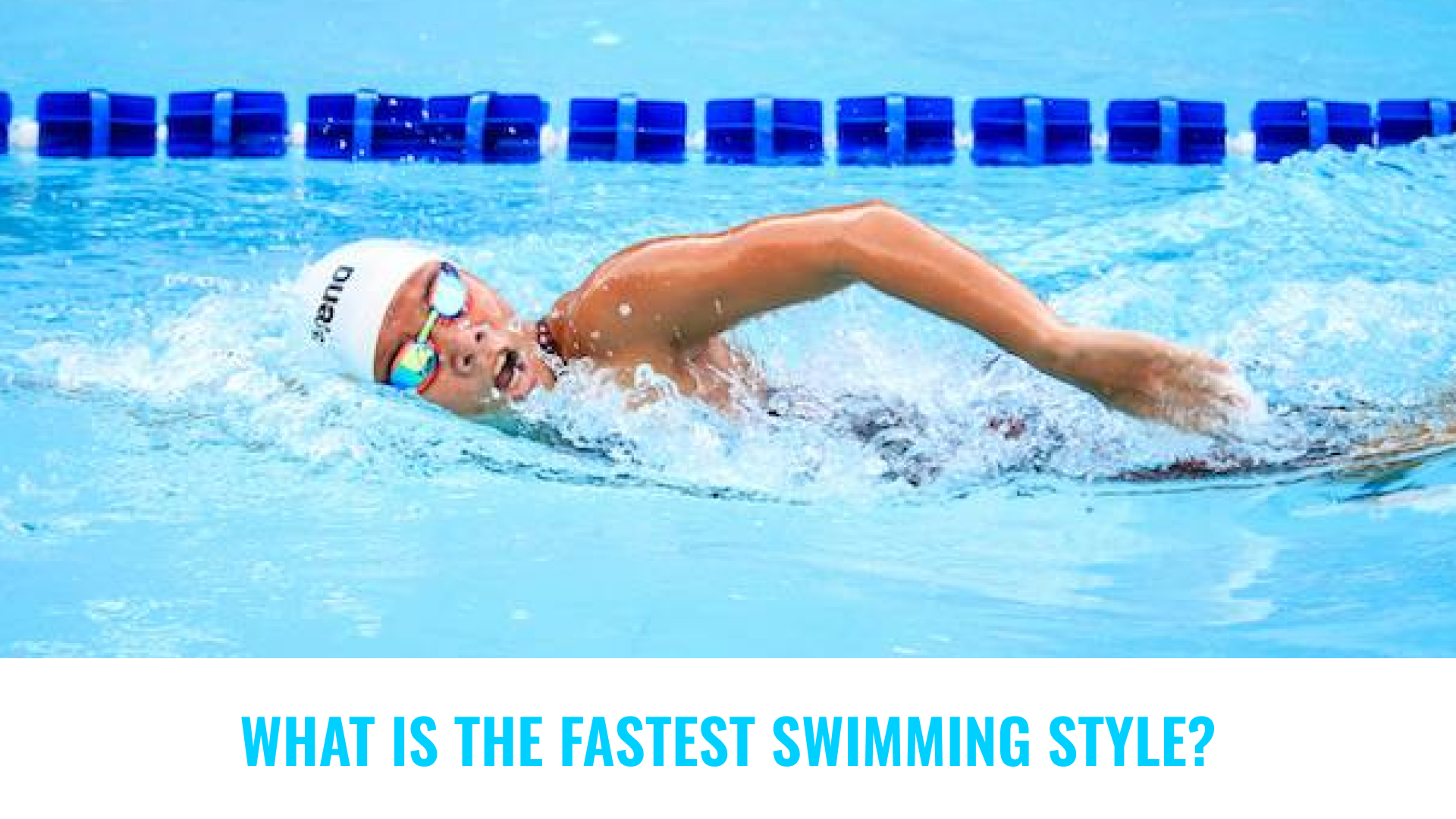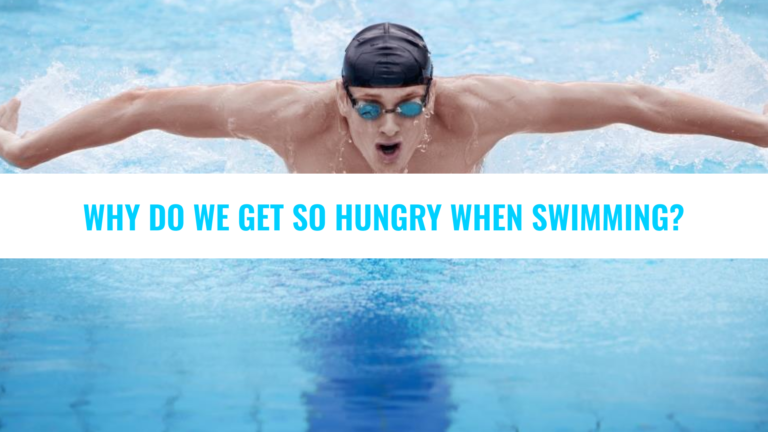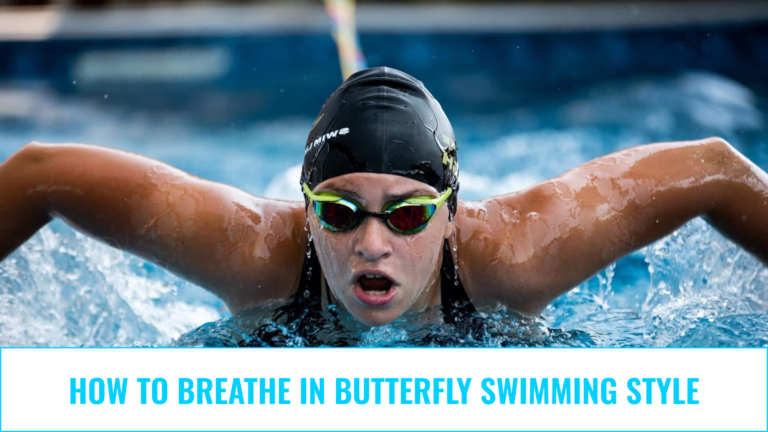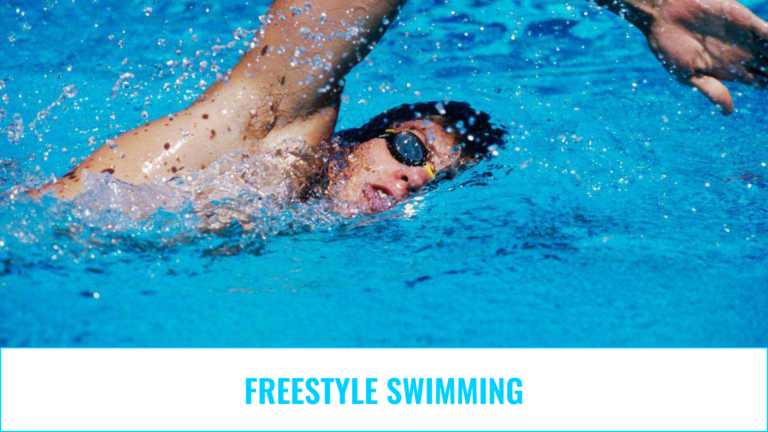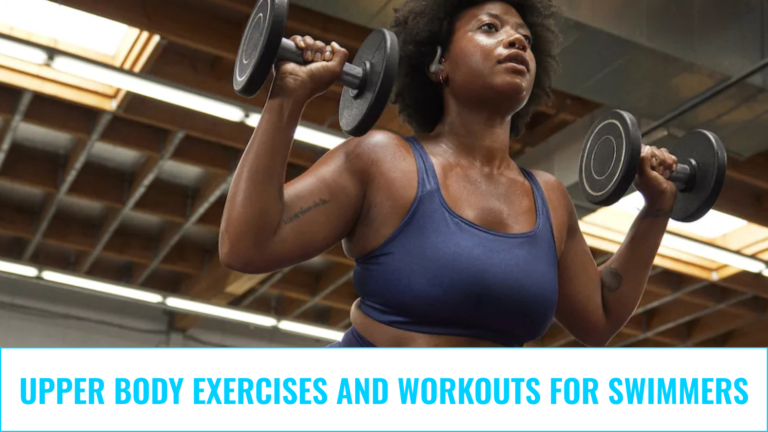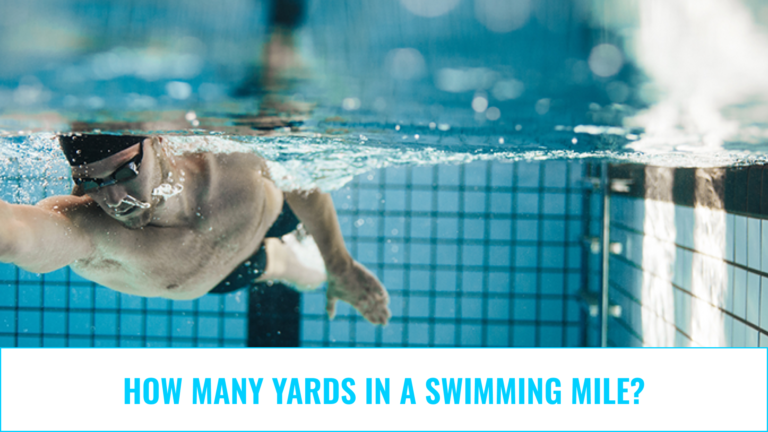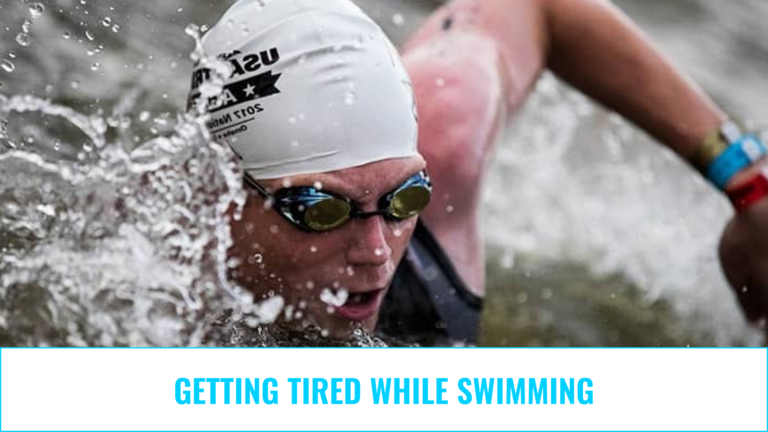What Is The Fastest Swimming Style?
The fastest swimming style is freestyle (front crawl). This stroke minimizes resistance and maximizes propulsion, making it the choice of competitive swimmers worldwide. Freestyle’s efficiency lies in its streamlined body position, alternating arm strokes, and continuous flutter kicks. Compared to other strokes, freestyle delivers unmatched speed because it optimizes body mechanics to reduce drag and improve propulsion.
In this article, we will explore why freestyle dominates in speed, the unique characteristics of other swimming techniques, and how to optimize your swimming for faster performance.
What Are Swimming Styles?
There are four swimming styles: freestyle, breaststroke, backstroke, and butterfly. The Olympics and other swimming competitions are based on these four swimming techniques. Each style has its technique. Swimming training should be started with free swimming first and after reaching a certain level, other swimming techniques should be tried. This is because freestyle is easier to learn than others.
4 Swimming Techniques You Can Use to Swim Fast
Freestyle Swimming

Freestyle swimming is the most known and practiced swimming technique. It is very difficult to develop other swimming techniques without learning this style. One of the golden rules of free swimming technique is not to struggle with water. The more you fight with the water, the more you increase the resistance of the water. For this reason, your movements while in the water should be as soft as possible, not harsh. To reduce the resistance of the water, you must keep your body in a parallel position above the water. You should try to do the foot kicks in a way that maintains your parallel position.
How to Stroke in Freestyle Swimming?
- Do not turn your hands into scoops.
- Leave your fingers slightly open as you stroke.
- Finish your strokes underwater, not at chest level, but next to your legs.
- Take care to bend your arm above the water at the elbow and pull it upwards.
- Be careful to put your arm out of the water and back into the water from the farthest point your hand can reach.
- Feel yourself gliding on the water as you reach forward.
How to Breathe in Free Swimming Technique?
The most common breathing technique while free swimming is breathing once in 3 strokes. However, it is possible to come across swimmers who take a breath every two strokes. You should take the breath not by turning your head forward, but by turning it in the direction of your pulled arm in the water. Trying to breathe by turning your head out and forward will make you more tired. This is why the side breathing technique helps you perform better. You should not disturb your swimming rhythm while breathing and you should not waste too much time.
While swimming freestyle, you should exhale simultaneously through the nose and mouth in the water. If you don’t exhale this way, when you lift your head out of the water to breathe, you will have to exhale first and then inhale. Since you can’t do this in such a short time, your head goes back into the water without taking a full breath, your swimming rhythm breaks down and you get tired more quickly.
Backstroke Style
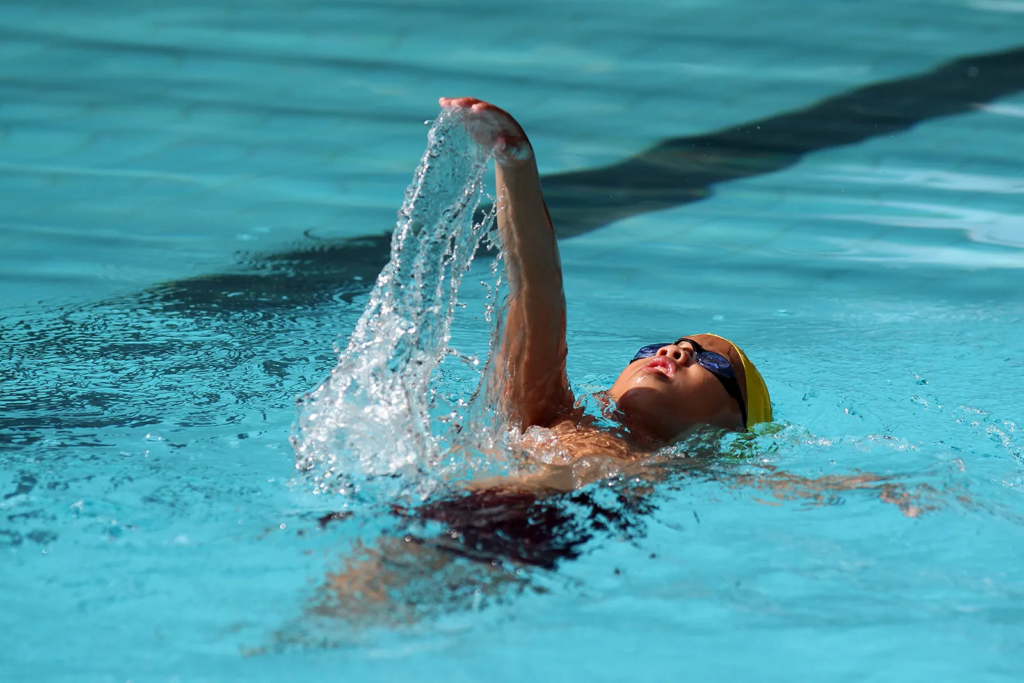
Backstroke is another swimming technique. While applying this technique, your body should be in a position parallel to the water. However, you need to turn your body sideways while you are doing a stroke. Thus, you can take your stroke further by giving yourself an advantage. You should make sure that your fingers are slightly apart while you stroke. In this way, your hands will move more easily in the water. You should always keep flapping your feet during the stroke and body swing.
How should the body shape be in the backstroke technique?
- We don’t want the feet to stick out when swimming on the back. Therefore, try to keep your body as straight as possible.
- Don’t let your hips drop down or it will slow you down. Try to keep your whole body close to the surface of the water.
- Your head and neck should be relaxed as if lying on a pillow. If you try to lift your head, your center of gravity will shift towards the feet. Therefore, as the feet will sink downwards, the friction rate increases, so you slow down.
- Your head should be submerged in water up to the ear level. Your eyes should look up.
- Remember that your body should oscillate while you are swimming by throwing your arms. In other words, your body does not always stay parallel to the floor of the pool while swimming on your back.
How should arm movements be in the backstroke technique?
- The shoulder is the origin of arm movement. In other words, while taking the arm out of the water, the shoulder must be included in the movement. Regarding arm movement, it should be emphasized that the elbow does not bend when our arm is out of the water, while the elbow is bent when our arm is pulling the water in the water.
- When the arm coming from the outside will enter the water from the back, your palm should turn outward so that the pinky finger of your hand enters the water first. The arm that comes out of the water next to your leg should pass through the ear level and enter the water. In other words, it should be submerged in the water from the symmetry of the point where it came out of the water.
- Do not pull the water as soon as your hand enters the water, lie down. Otherwise, resistance builds up and you slow down.
- You can start the pulling process by pressing the water with the palm facing down during the drawing phase. In this process, you should draw an S letter in water with your hand by bending the elbow. (Just like the letter S when pulling the water in freestyle swimming, an S is drawn in space while pulling the water in backstroke swimming.)
- Towards the end of the letter S formed in the process of pulling the water, as your hand approaches your leg, you should turn with your palm facing the ground and press the water one last time to bring your arm to the straight position as it was at the beginning.
How should the foot movements be in the backstroke technique?
- The legs are close together.
- During the kick, the knees are slightly bent, but the force required for the kick is obtained from the hips.
- Ankles should be flexible and soft.
- Try to do the legwork as fast as you can so as not to spoil your technique.
- Remember; Short-distance swimmers make six kicks per arm revolution, while long-distance swimmers prefer fewer kicks per arm revolution.
How to breathe in the backstroke technique?
- Do not hold your breath as much as possible. Typically, an inhale and exhale occur when each arm cycle is completed.
Breaststroke Swimming Style
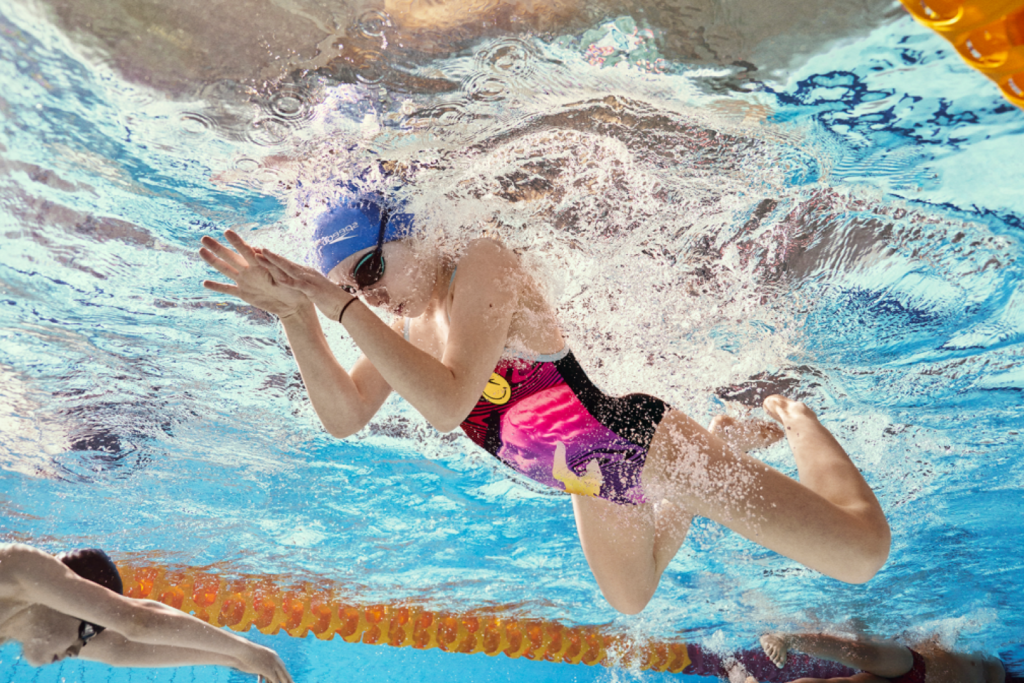
Breaststroke is a technique that is a little more difficult to learn between swimming movements. It is also a slower swimming style than other techniques. This is because of less use of arms and legs. To be a good breaststroke swimmer requires very strong arms and legs. In the breaststroke technique, unlike the freestyle and backstroke styles, the arms and legs are spread out to the sides and gathered again. As you pull your arms towards you, you should also pull your feet towards your hips. Then, while you reach forward with your hands by squeezing the water, you should also throw your feet back. While swimming with the breaststroke technique, inhale while the arms are drawn, and exhale while reaching forward. When reaching forward, you should ensure that your palms are facing outwards.
How to Practice Leg Movements in Breaststroke Swimming?
In breaststroke swimming, leg movements are divided into passive and active movements. In passive movement, the legs should be spread shoulder-width apart immediately after sliding. At this stage, it is important that the knees are slightly bent and the heels are pulled towards the hips. After the heels are pulled towards the buttocks, the soles of the feet begin to push the water and throw the water outward.
How to Practice Arm Movements in Breaststroke Swimming?
In breaststroke swimming, arm movements take passive and active motion states, just like leg movements. In breaststroke swimming, the arms are taken forward in passive movement in arm movements and the hands look forward together with the shoulders. At this stage, passive movement will continue until the arms become straight.
Butterfly Swimming Style
Butterfly swimming is the second fastest technique after free swimming. In butterfly swimming, the two arms are stroked together. While doing the stroke, the arms should be spread shoulder-width apart and stretched forward over the head. During the stroke, the palms should look outward, while drawing the water, the palms should be turned inward. The feet should make two strokes when the hands enter and exit the water, and the feet should continue to work while the arms move in the water. The breath should be taken with the head out while the arms are in the water. The exhalation should be done with the head in the water and the arms out.
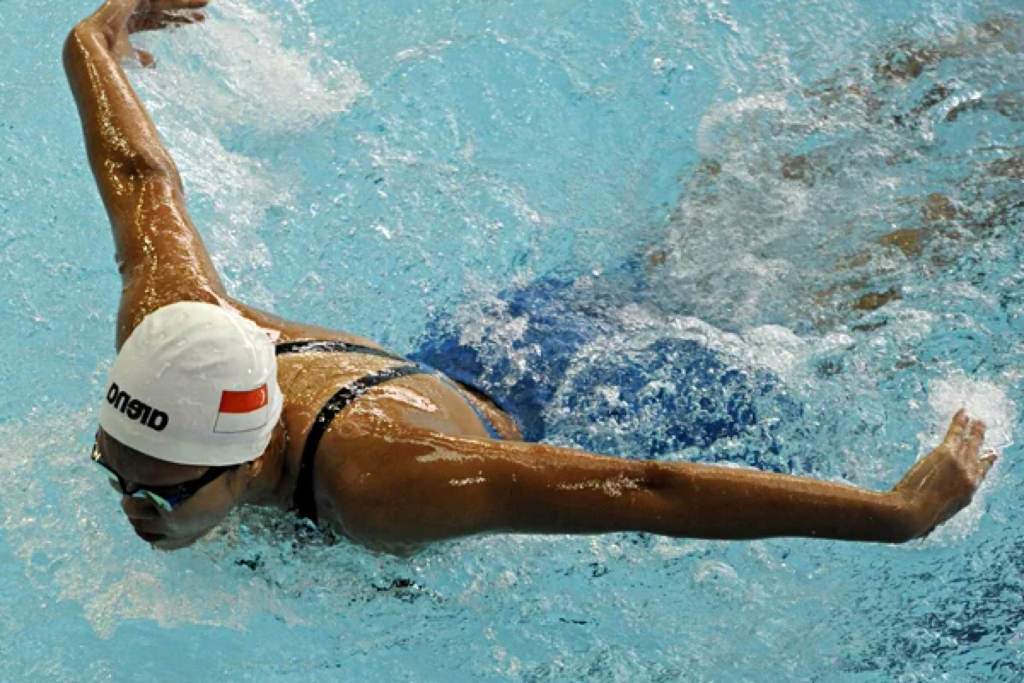
While training by applying any swimming techniques, you should not force yourself excessively and load gradually within a particular program. If you experience any health problems during and after the training, you should not neglect to consult a doctor immediately.
How to Apply Leg Movements in Butterfly Swimming Technique?
In the butterfly swimming technique, leg movements are applied in two different ways as active and passive movements. In active movement, leg movements are performed starting from the hip joint.
During the bending of the knees, the upper leg should descend into the water and the toes should rotate inward, with the toes closed. After this process is completed, the lower leg has the opportunity to advance rapidly by making a strong whipping motion.
In passive movement, the legs become straight and are lifted. However, this movement has no contribution to progress.
How to Apply Arm Movements in Butterfly Swimming Technique?
Butterfly swimming arm movements are also divided into two active and passive movements, just like leg movements. The arm movement performed during active movement consists of three different phases.
In the first phase, the arm enters the water and holds the water. In the second phase, the arm draws water. In the third and final stage, it repels water. An outward rotation of the hands occurs as the arm enters the water. When it comes to the water withdrawal part, the arms open to the side and draw the water starting from the elbow part. In the propulsion phase, the arms push the water from the body to the legs. The movement of pushing the water continues until the hand reaches the hip.
In passive movements of the butterfly arm, when the water-pushing phase of the arm ends, the arms come out of the water to the midline of the body and enter the water again.
How to Apply Breathing Techniques in Butterfly Swimming Style?
Breathing exercises in butterfly swimming appear in the form of 4 dolphin kicks to two arm movements. Swimmers who apply these breathing movements correctly can achieve the desired success and have the opportunity to progress successfully in the butterfly swimming style.
You can learn about breathing exercises in butterfly swimming through professional swimming courses. Professional trainers will share with you all the details of the butterfly swimming technique and will give you the necessary information on how to apply the correct breathing techniques.
In the butterfly swimming style, the moment of breathing occurs during the end of the active movement of the arms. In this case, after the pushing of the water is finished, the necessary support will be given to lift the head from the water.
Performing the correct breathing exercises will make butterfly-style swimming significantly easier. Breathing exercises that will allow you to get more distance both faster and in a short time can be learned with a few easy techniques. The breathing techniques applied in butterfly swimming appear in the form of four dolphin foot strokes against two arm movements.
How to Swim Fast?
Swimming fast requires mastering technique, building strength, and training strategically. Freestyle remains the most effective stroke for speed, but incorporating elements of other strokes can enhance overall performance.
Focus on reducing drag by maintaining a streamlined body position. Strengthen your core and legs to improve propulsion. Breathing patterns should be synchronized with stroke movements to maintain momentum. With practice and precision, any swimmer can improve their speed significantly.

